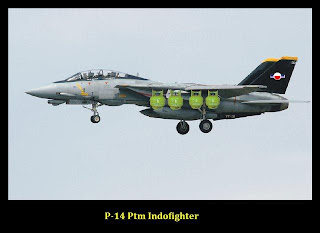INDONESIA: GAS 3 KILO...GERAM !!!!

Hanya
selingan/intermeso tidak untuk menyudutkan pihak manapun silahkan disimak....
Waspadalah bila anda mencium
bau gas di dapur anda. Tak perlu panik, hampiri tabung gas, lepaskan
regulator, bawa tabung ke luar. Periksa apakah tabung mengeluarkan desis
dan dari mana saja. Bila iya, biarkan tabung di tempat terbuka sampai
gasnya habis. Jangan biarkan ada yang mendekat. Bila tak terdengar
desis, tabung anda baik-baik saja. Mungkin ada yang lupa mematikan
kompor, padahal api kompornya padam karena sesuatu sebab. Buka pintu dan
jendela dapur. Biarkan sampai bau hilang, jangan menyalakan atau
mematikan lampu atau apapun yang ada di dapur sampai bau hilang.
Semua berita mengenai “ledakan
tabung Elpiji” tidak ada yang mengkonfirmasi ditemukan tabung yang pecah
atau sobek karena isinya meledak. Tak cukup alasan bagi tabung Elpiji
untuk meledak. Jutaan tabung dilempar-lempar, dipanggang terik matahari,
semua siksaan ini dapat ditahan oleh baja dan las





